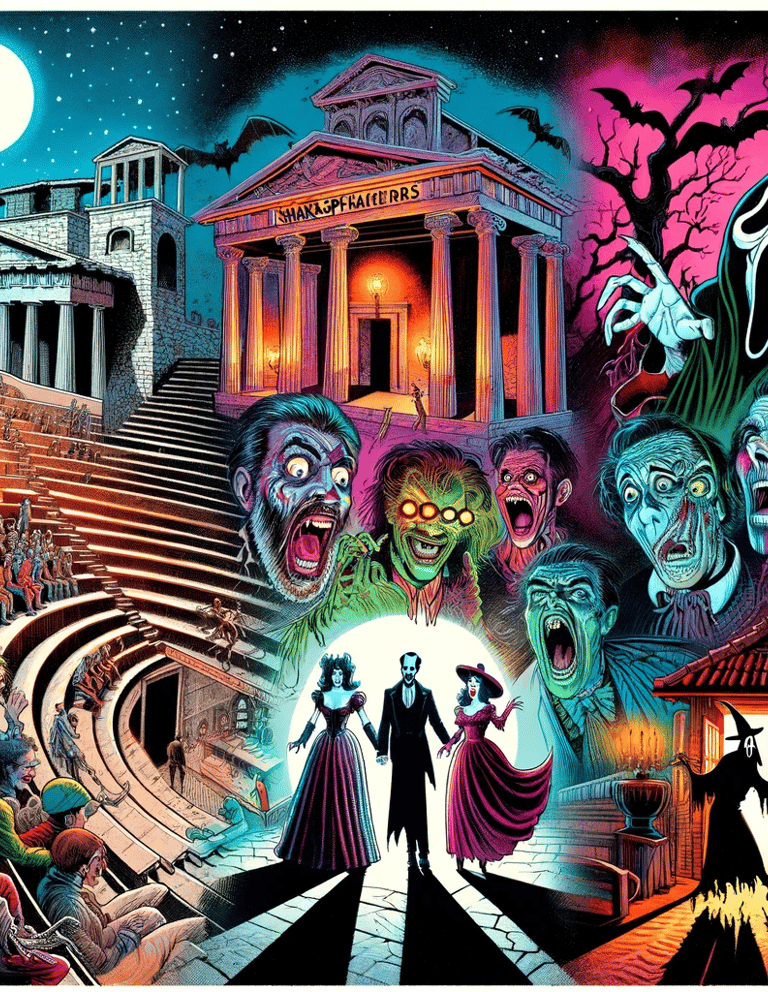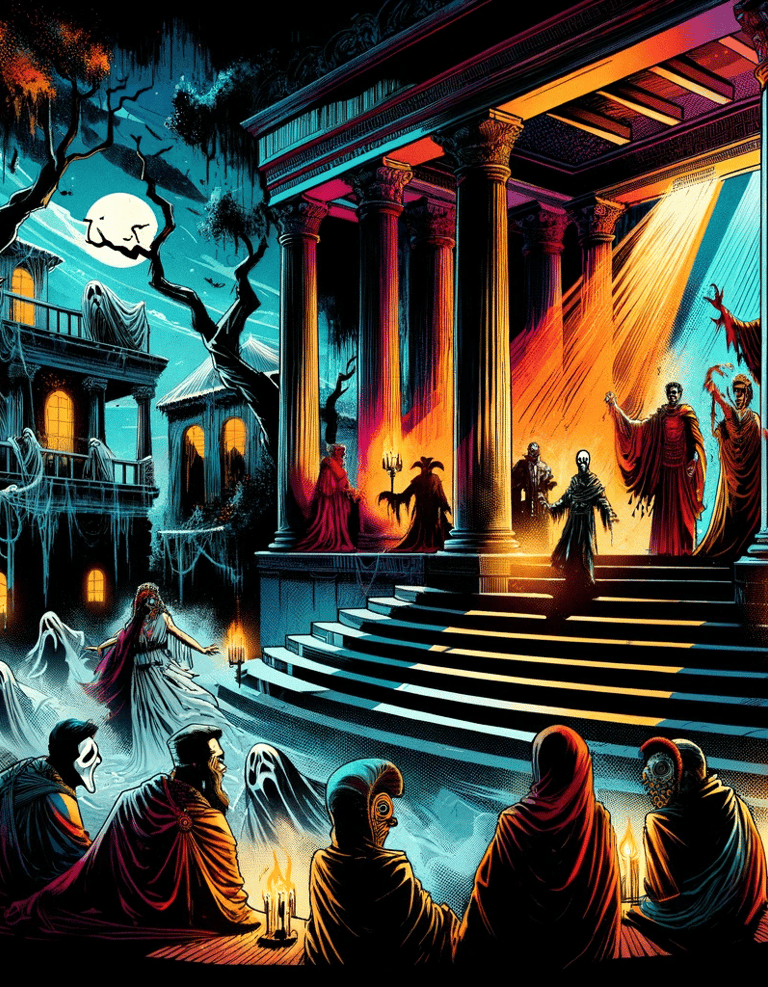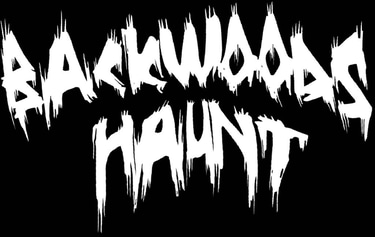
The Ancient Roots of Theatrical Horror
1/14/20242 min read


From Greek Tragedy to Modern Haunts
In the shadowed corners of history, where the flickering torches cast more mystery than light, lies the ancient heart of theatrical horror. It's a journey that takes us from the grand, marble-laden amphitheaters of ancient Greece to the dark, cobweb-strewn corners of today's Halloween haunted houses.
Echoes of Greek Tragedy
Our tale begins with the ancient Greeks, whose flair for the dramatic crafted narratives steeped in the macabre. In the glow of an Athenian moon, audiences were held captive by tales of fate, hubris, and the gods' merciless whims. The Greeks understood something fundamental about the human condition: our fascination with the dark, the unexplained, and the tragic. They laid the groundwork for horror, not with ghouls and specters, but with the chilling touch of reality — where the greatest terror comes not from monsters, but from our own actions and fates.
The Shadowy Influence
Fast forward to the era of Shakespeare, and we find the Bard himself delving into the supernatural. In plays like "Macbeth" and "Hamlet," Shakespeare wasn't just penning classics; he was scripting the DNA of modern horror. The witches of "Macbeth" are more than just characters; they are harbingers of doom, echoing the ancient Greek chorus, foretelling tragedy and manipulating fate. And who can forget the ghost of Hamlet's father, an ethereal presence that blurs the line between the living and the dead?
These elements are the precursors to the atmospheric haunts of today. Shakespeare knew the power of the unseen, the unspoken – a creaking floorboard, a whisper in the dark, a shadow flitting just out of sight. It's this understanding of suspense and psychological terror that informs the essence of haunted houses.
Haunted Houses: Theatrical
Horror Reimagined
Today, as we step into the realm of haunted houses during Halloween, we're walking in the footsteps of these theatrical ancestors. These modern mazes of terror are more than just jump scares and eerie soundtracks; they are the latest chapter in a long history of theatrical horror. Each room, each costumed actor, each carefully crafted scene is a nod to the storytelling techniques honed centuries ago.
In these spaces, we are not just spectators but participants, walking through a live, interactive theatre of horror. It's a form of storytelling that breaks the fourth wall, inviting us not just to watch, but to be a part of the narrative. It's here, in the heart-pounding, breath-catching moments of fear, that we find the essence of those ancient Greek tragedies and Shakespearean plays.
Haunted houses today are more than just seasonal attractions; they are living, breathing embodiments of a rich tradition of horror storytelling that dates back centuries. They are a tribute to the art of suspense, to the power of the narrative, and to our unending fascination with the darker side of the human psyche.
So, the next time you step into a haunted house, remember: you're not just experiencing a modern thrill; you're walking through the ancient corridors of theatrical horror, where each scare is a note in a centuries-old symphony of fear




